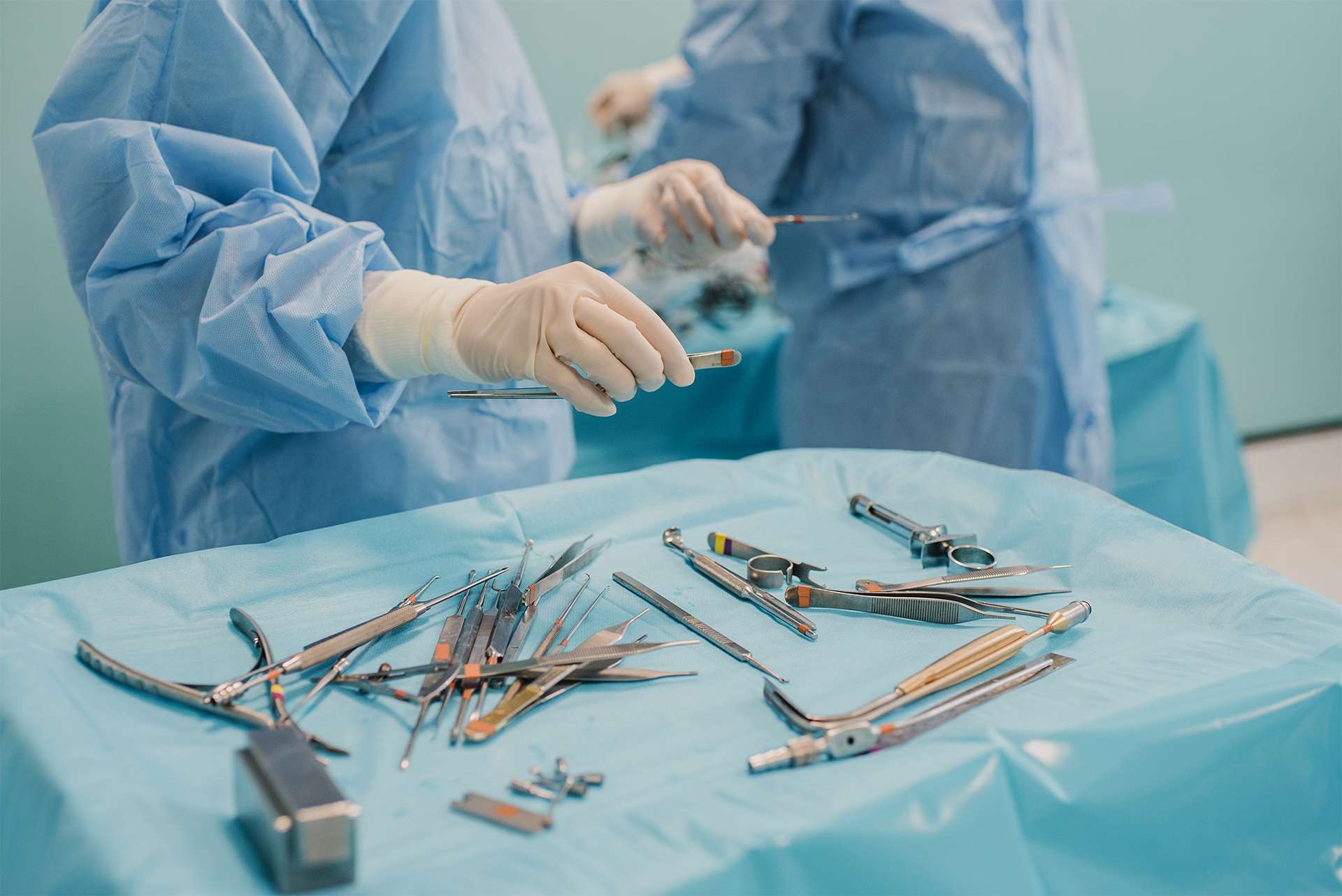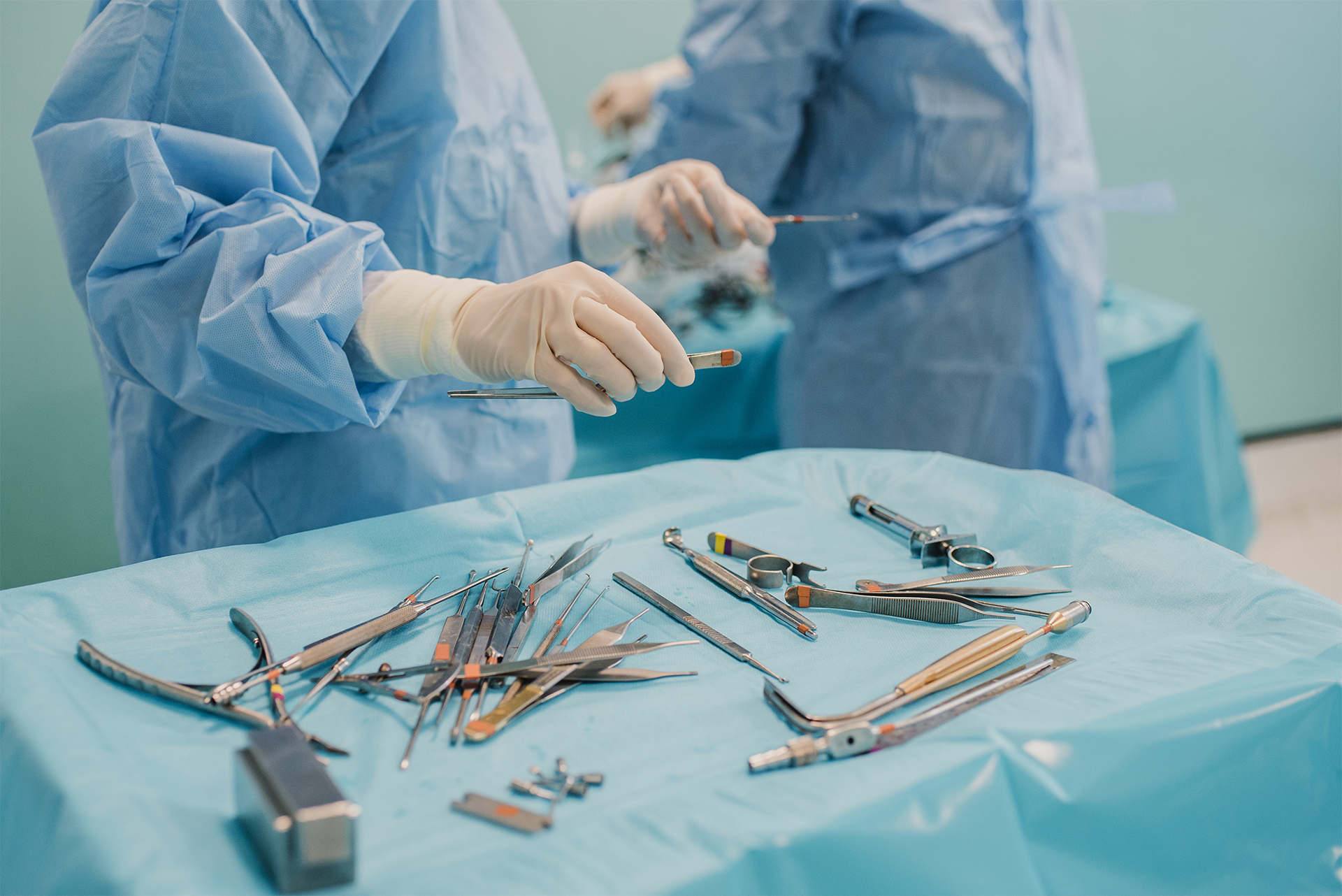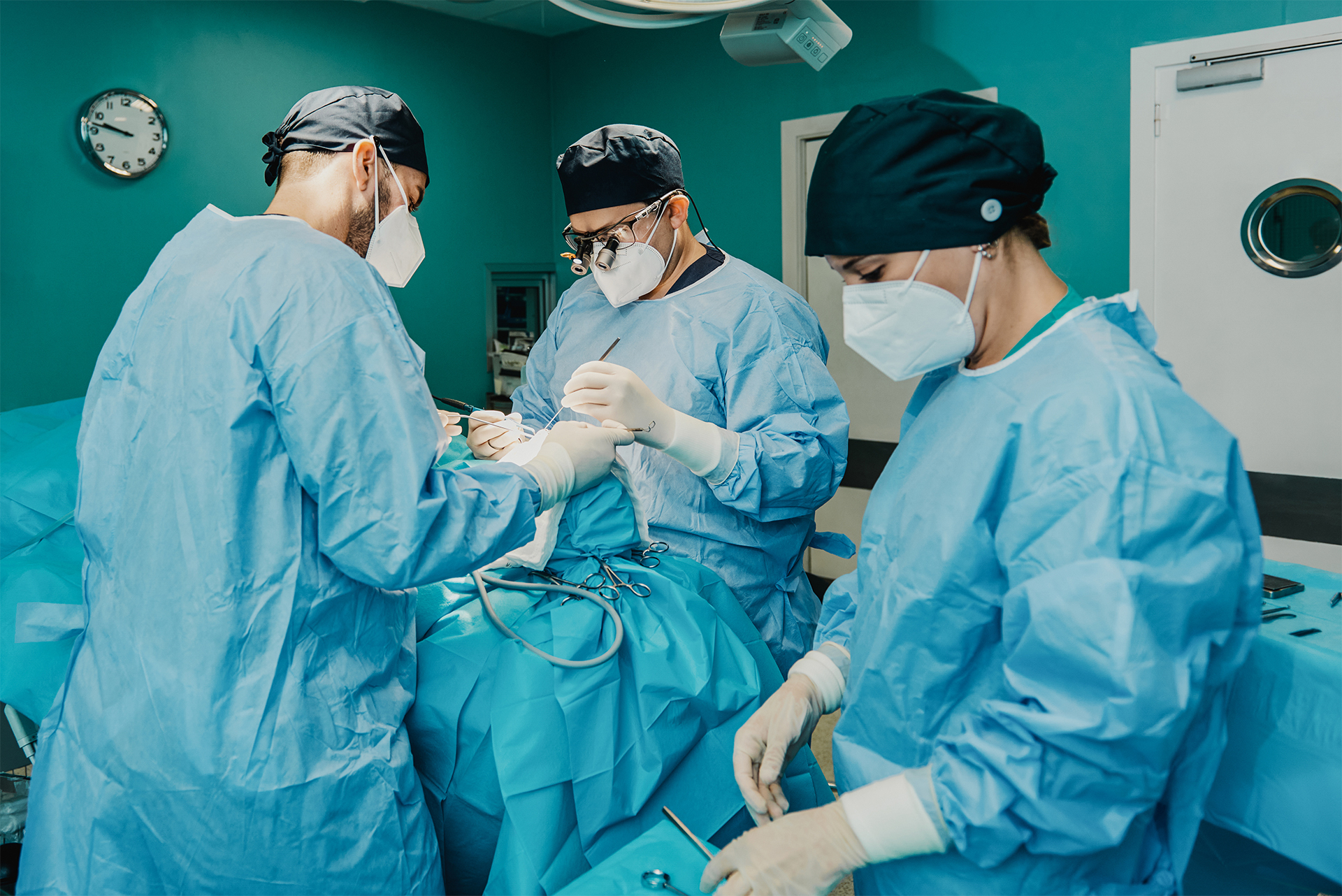Are Ambulatory Surgical Centers as Safe as Hospitals?
Ambulatory surgical centers (ASCs) have emerged as a modern solution to healthcare needs, but the pressing question remains: Are ASCs as safe as...
2 min read
Kayleigh DeLaet
:
October 3, 2023

In recent years, ambulatory surgical centers (ASCs) have witnessed substantial growth, fueled by the increasing demand for outpatient care. Today, these centers handle over half of all outpatient surgical procedures in the United States, and their role is set to expand even further.
ASCs are projected to see a substantial 25% increase in surgery volumes over the next ten years, surpassing the growth expected in both hospital outpatient departments and physician offices, which are estimated at 18%. By 2028, the ASC market size is estimated to reach $58.85 billion.

One of the primary advantages of ASCs is the significant cost-savings they offer to patients. For instance, the average gallbladder surgery costs around $12,000 at a hospital, but the same procedure can be performed at an ASC for just $2,200. UnitedHealth Group's research underscores this cost discrepancy, suggesting that directing patients toward ASCs could reduce surgical expenses by a staggering 59%.
Beyond cost, ASCs simplify the healthcare experience for patients, offering shorter waiting times, flexible scheduling, and enhanced patient-doctor interactions. These centers represent a pivotal shift towards value-based care, allowing hospitals to focus on handling more complex cases while providing a streamlined experience for patients.
Read more: Are ambulatory surgical centers as safe as hospitals?

Focus on Cardiology
One of the prominent trends in ASCs is the growing emphasis on cardiology care. This shift gained momentum in 2022 when the CMS expanded the ASC Covered Procedure List (CPL) to include diagnostic and interventional coronary procedures, peripheral vascular interventions, and the placement of pacemakers and defibrillators. This development holds great promise for growth in the cardiology sector, with expectations of more procedures being added to the CPL moving forward.
Not only do ambulatory settings provide cardiac care at a 30% to 40% lower cost than hospitals, but they also offer a more comfortable and convenient patient experience. Patients benefit from shorter wait times and a more personalized approach to care, all of which contribute to an enhanced experience. Moreover, the relaxed atmosphere of ambulatory care centers helps foster a sense of ease and reduces the anxiety often associated with hospital visits, leading to improved patient satisfaction.
Ownership Structure
Recent years have seen a shift in ASC ownership structures. The percentage of ASCs with 100% hospital and health system ownership declined from 25% to 12% between 2020 and 2021, while majority ownership by hospitals and health systems increased from 54% to 58%.
Additionally, there has been a notable shift toward structuring ASCs as joint ventures, with over 80% of hospitals and health systems adopting this approach. Physicians are increasingly open to sharing ownership with hospitals, recognizing that their financial investment can promote cost-conscious decision-making and profitability. Being minority owners also enables physicians to leverage contracts with payers and group purchasing organizations.
Increased Investments
More than 60% of hospitals and health systems are planning to increase their investments in ASCs, according to a national survey conducted by Avanza Healthcare Strategies. The industry is recognizing the importance of including at least one freestanding ASC in their portfolio to meet the growing demand for effective outpatient surgery options.
In 2021, 46% of hospital systems already had at least one ASC, and among those that owned ASCs, 61% possessed two or more, with 32% having five or more. This surge in ASC investments is primarily driven by consumer demand, the desire to retain surgical cases within the healthcare system, a focus on value-based care, and a commitment to strengthening relationships with physicians.

As we look ahead, ASCs continue to pave the way for the future of outpatient surgery. These centers are more than just surgical facilities; they represent a vision for a healthcare system that is accessible, cost-effective, and deeply committed to enhancing patient experiences.
Additional reading…

Ambulatory surgical centers (ASCs) have emerged as a modern solution to healthcare needs, but the pressing question remains: Are ASCs as safe as...

In recent years, the applications of artificial intelligence have surged, revolutionizing various industries to be more efficient and effective, and...

When it comes to their care, what do patients actually say about what they want?